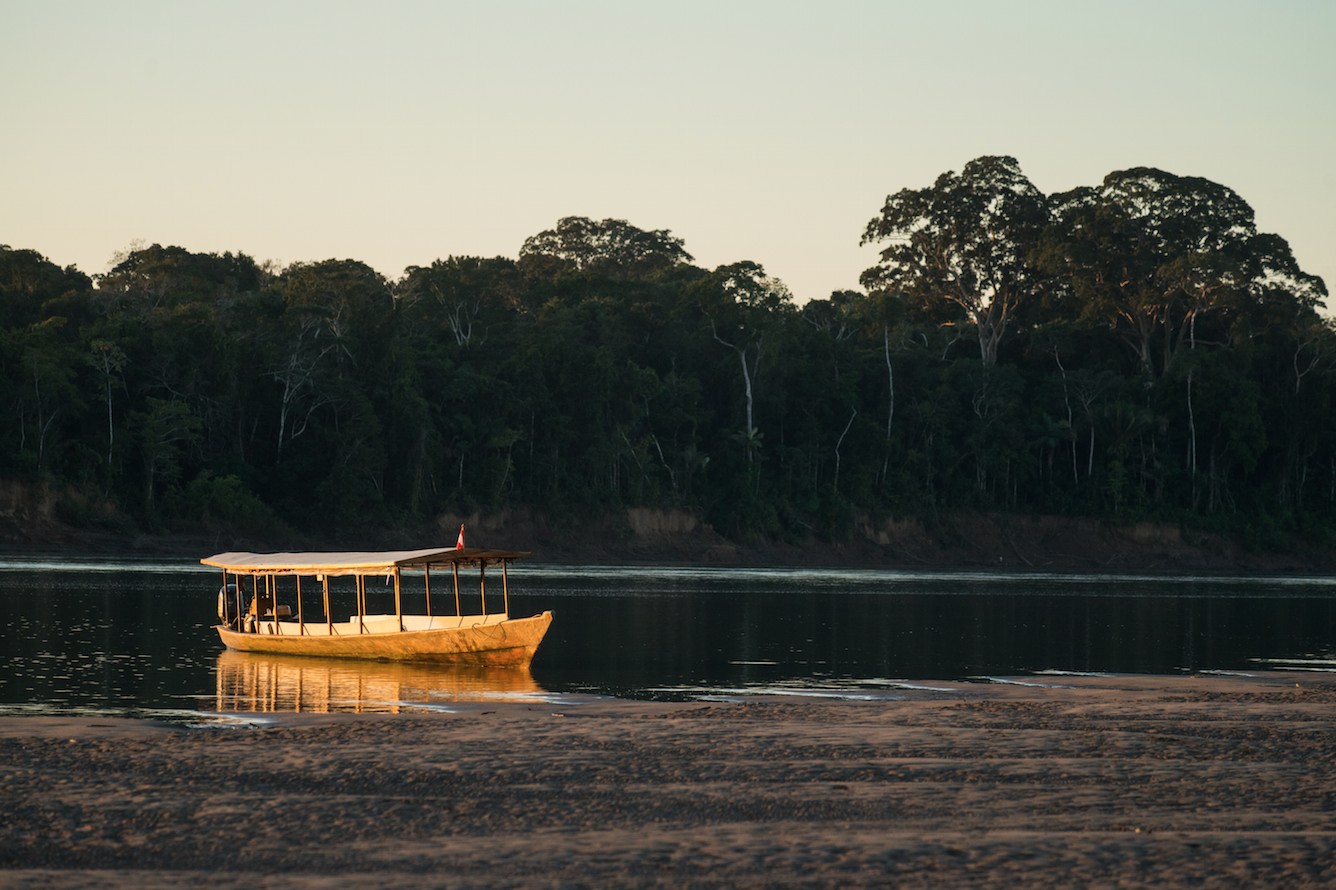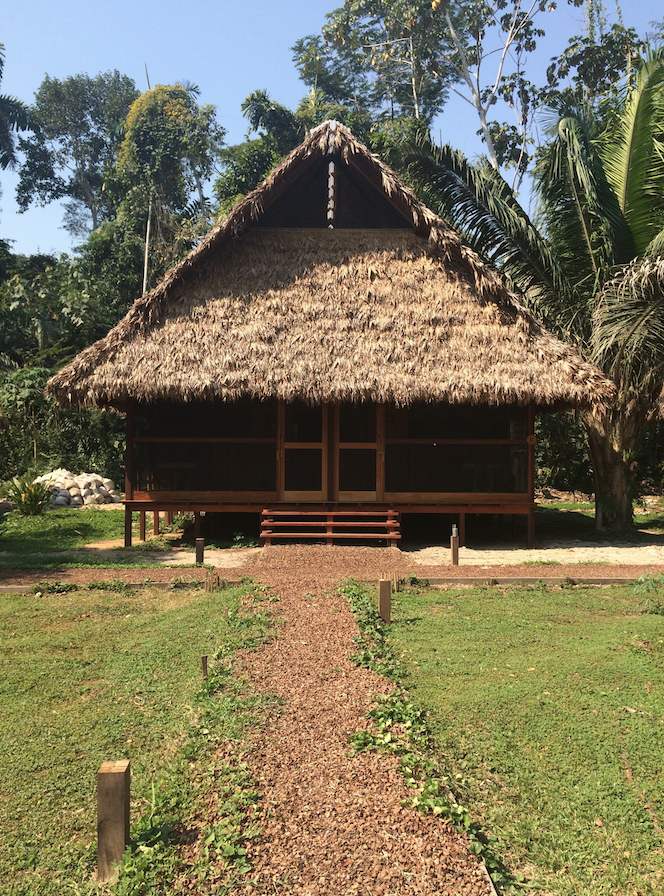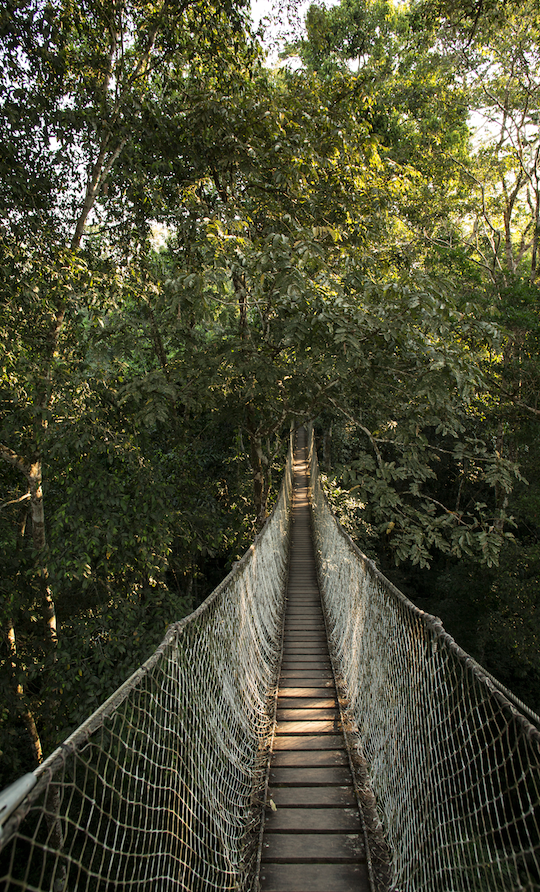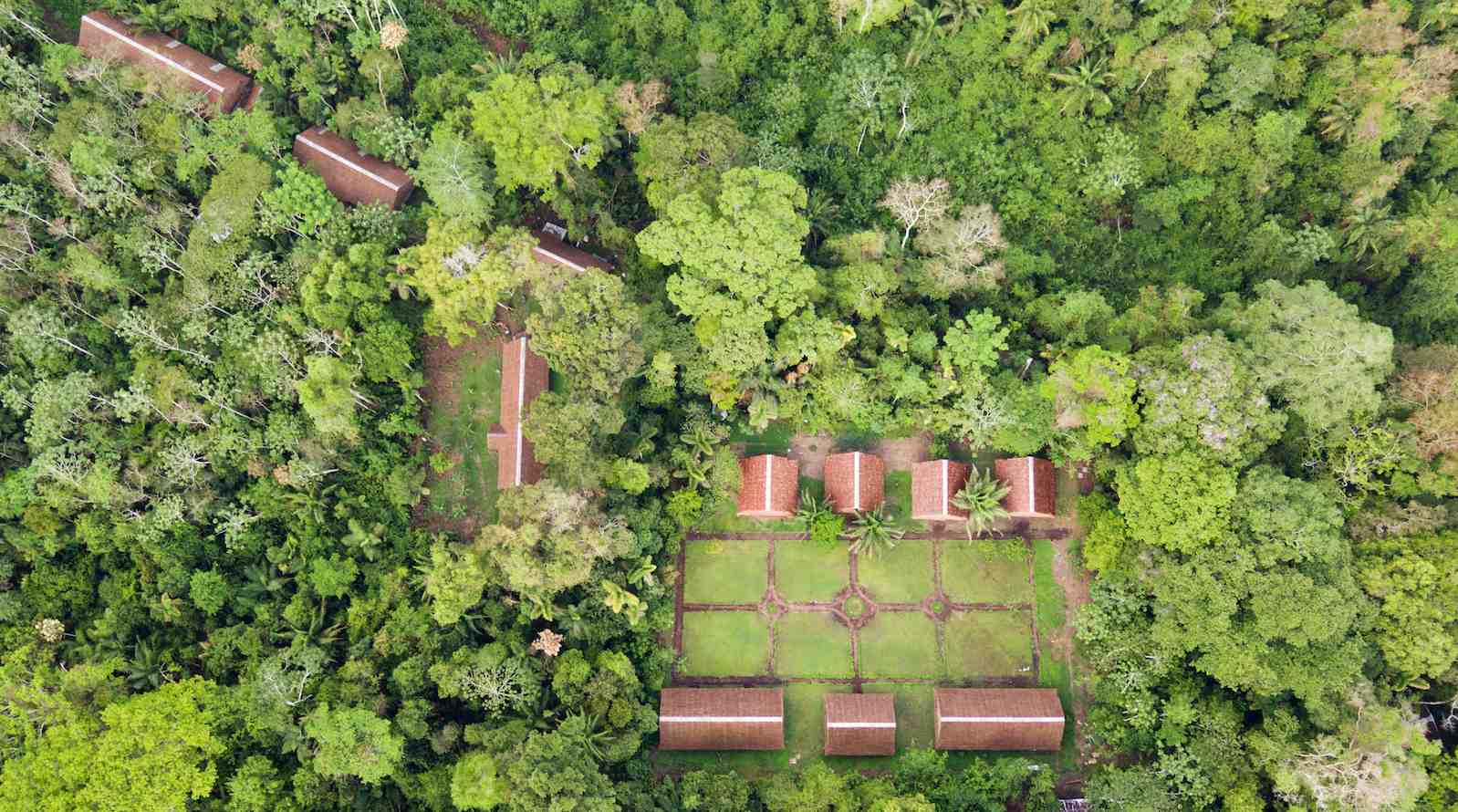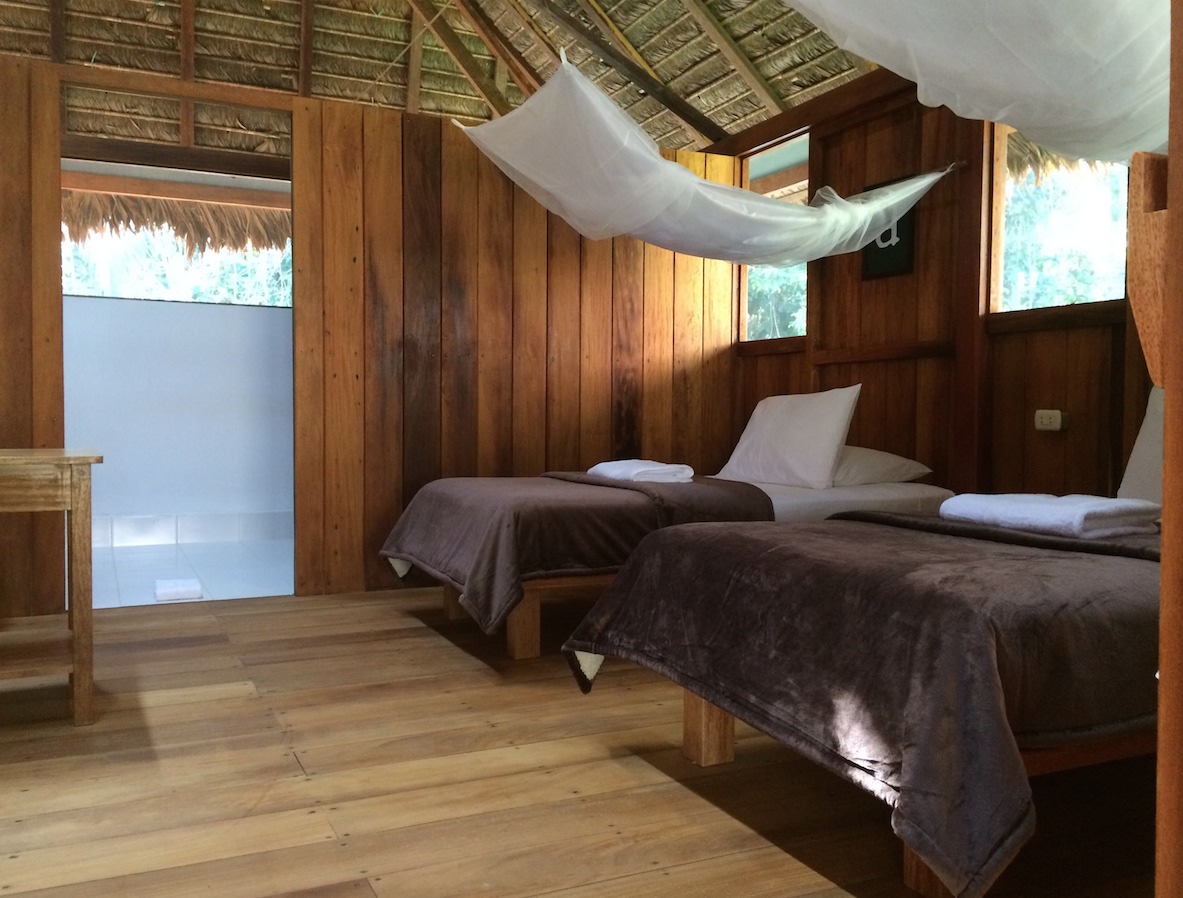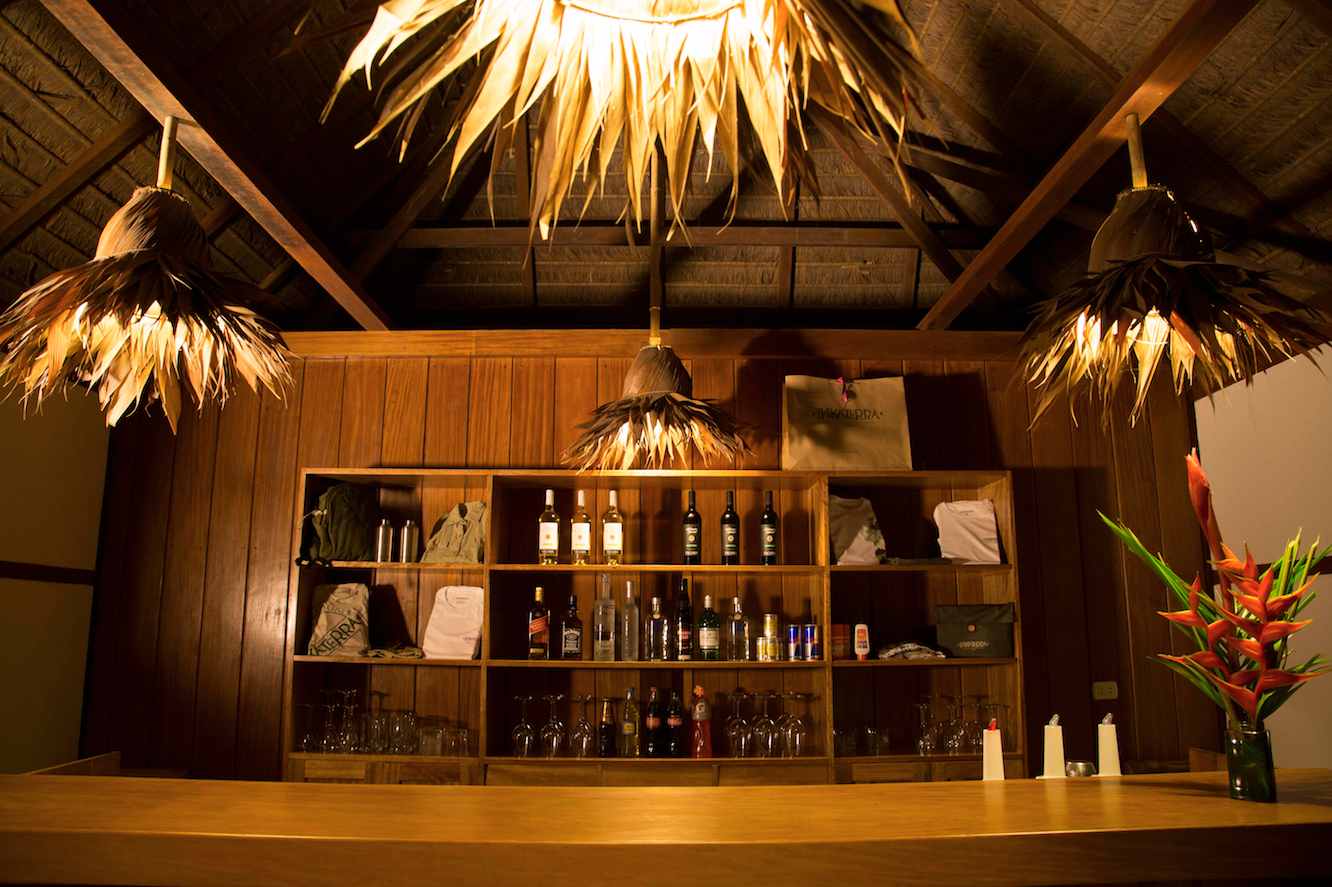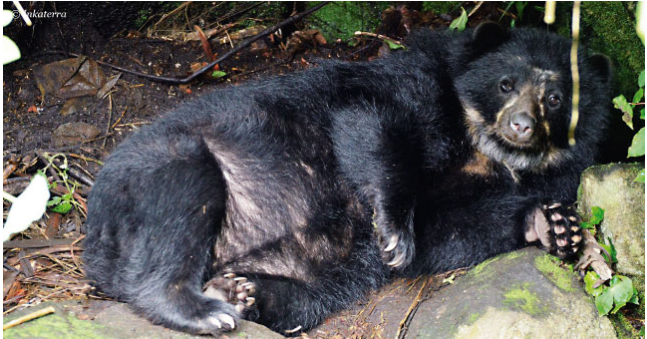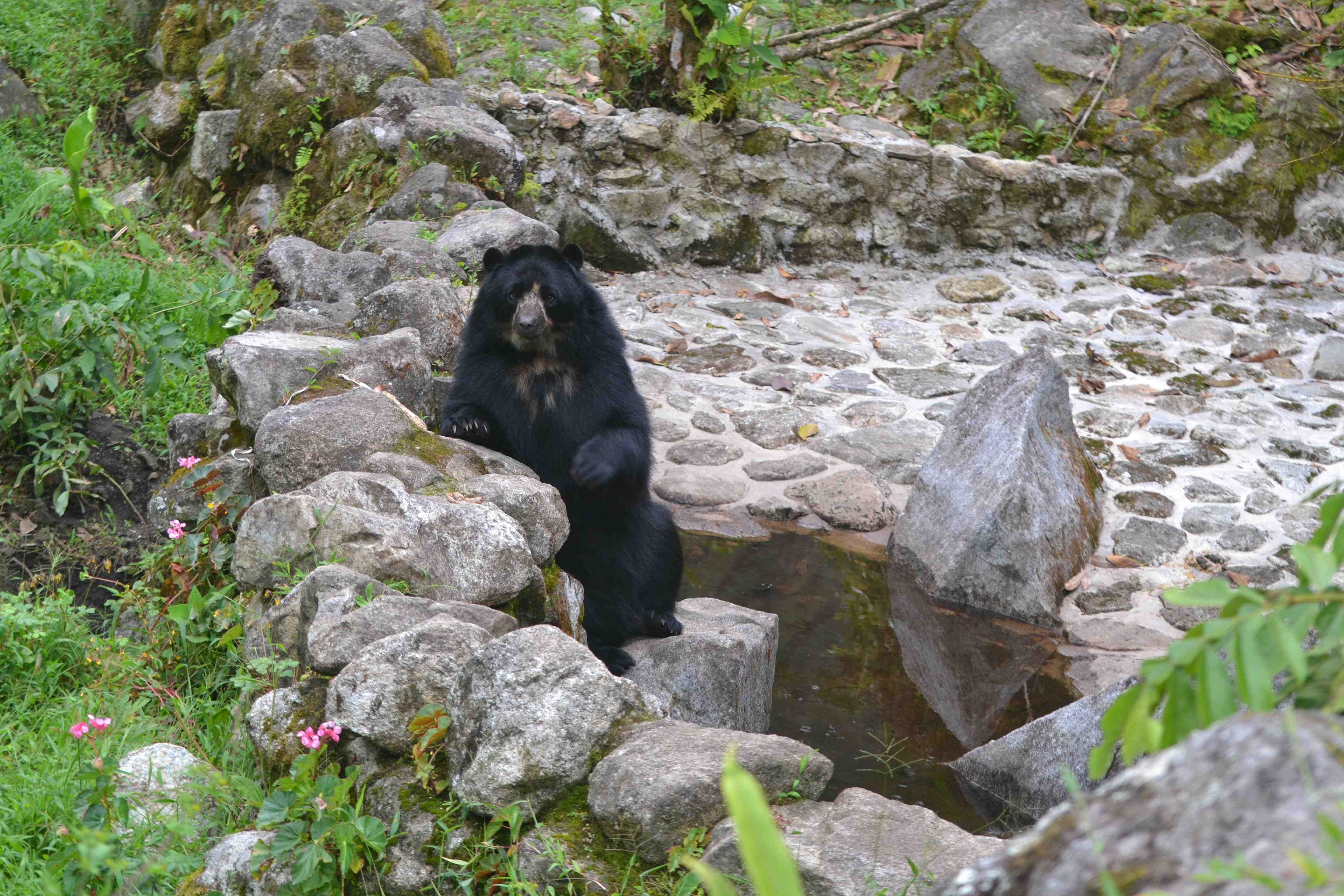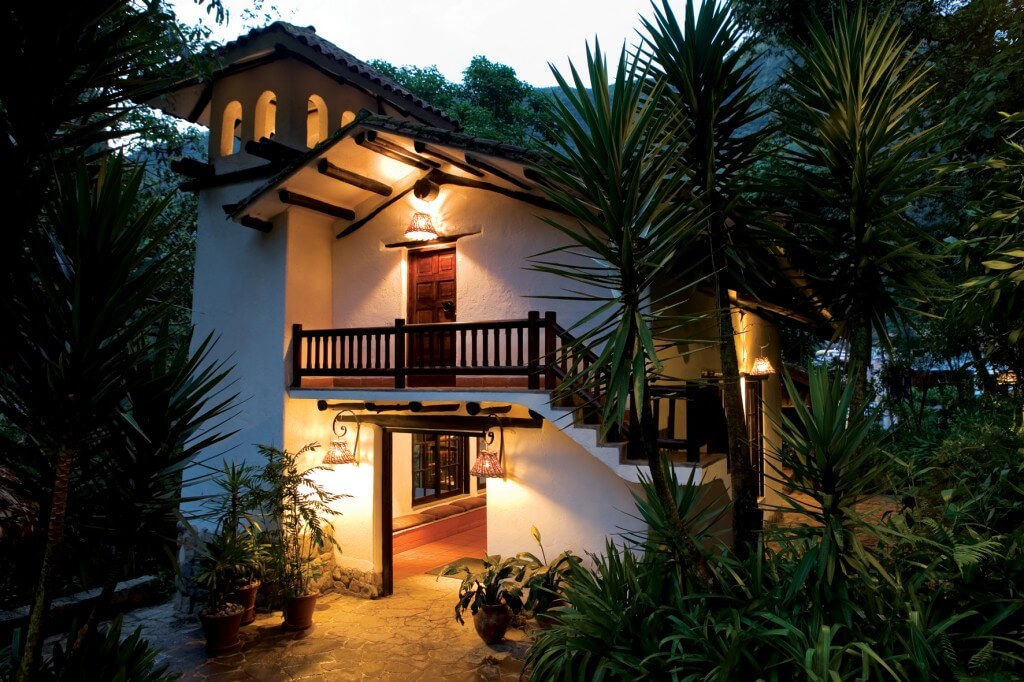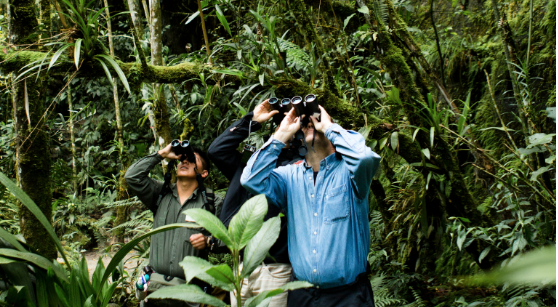For more than 40 years, Inkaterra has worked towards education, protection and sustainable development of the flora, fauna and local cultures of Peru. From research into Cabo Blanco‘s marine ecosystem, to recording the world’s largest collection of native orchid species in their natural habitat (372), Inkaterra has dedicated the past four decades to conservation around Peru.
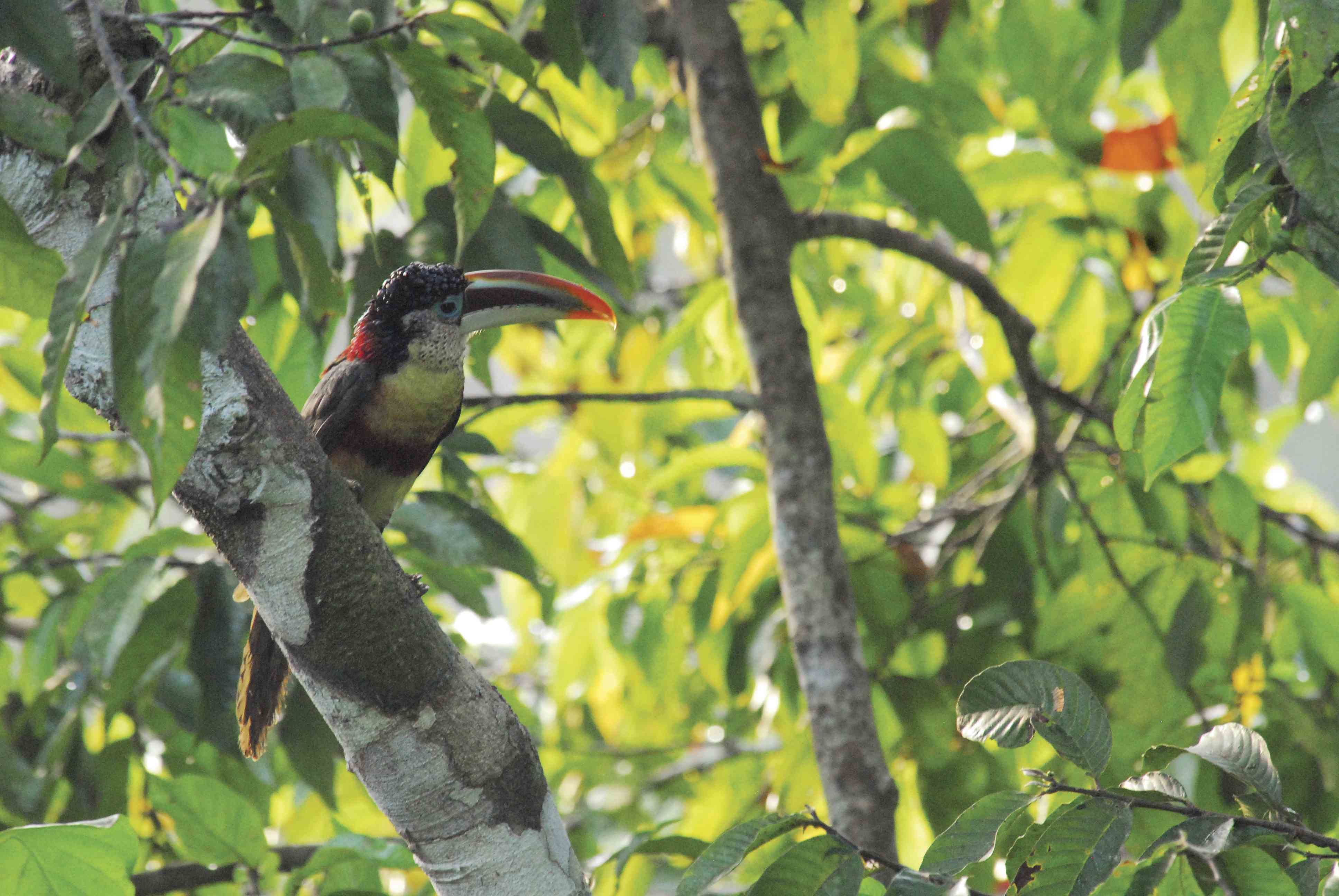
Did you know that Peru plays home to 1,835 different species of bird? Each year, thousands of birding enthusiasts from across the globe flock to the Amazon to witness the winged wonders in their natural habitat. Inkaterra has registered an amazing 814 bird species in their hotel grounds alone – that’s equivalent to 93% of Costa Rica’s total bird diversity! In fact, an astounding 540 different bird species reside at Inkaterra’s two Amazonian properties, Inkaterra Reserva Amazónica and Inkaterra Hacienda Concepción, situated next to the Tambopata National Reserve.
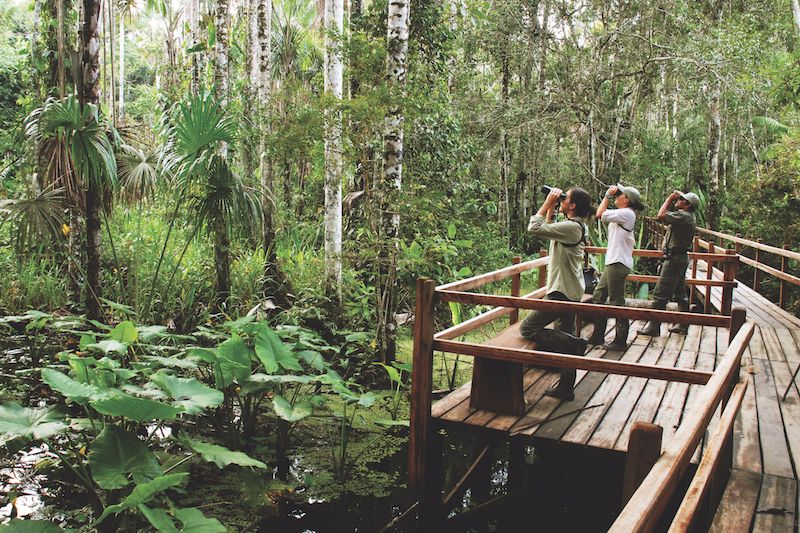
What’s the issue?
Deforestation is rife in the Amazon; humans are quickly destroying one of the most biodiverse rainforests in the world. Causing the rainforest to shrink in this way, whether it be through deforestation or urban developments, not only has a detrimental effect on indigenous communities, but land, sea and air pollution, which ultimately leads to plant and animal extinction.
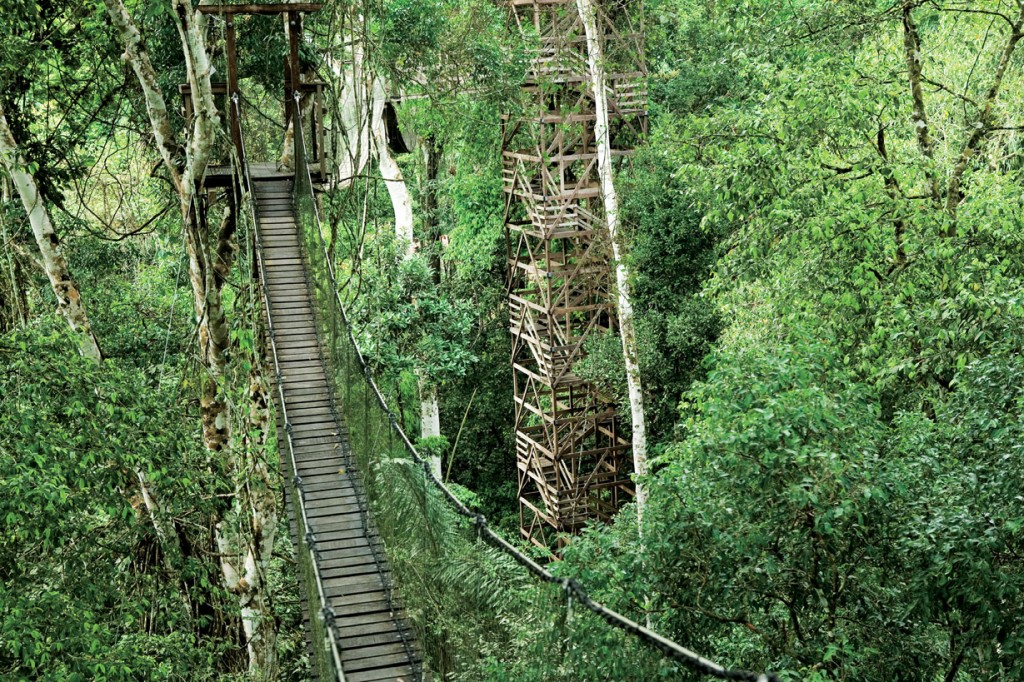
What is Inkaterra doing about it?
In a new conservation initiative, Inkaterra’s NGO, Inkaterra Asociación (ITA) has proposed the creation of a 78,756ha sustainable landscape corridor around the Tambopata National Reserve, from Puerto Maldonado – on both banks of the Madre de Dios River – to the Peru-Bolivia border. Their hope is that the creation of this ‘conservation corridor’ will decrease illegal mining and logging, and therefore reduce human migration, safeguard local cultures and provide safe routes for both endemic birds, and those who migrate across the Pacific.
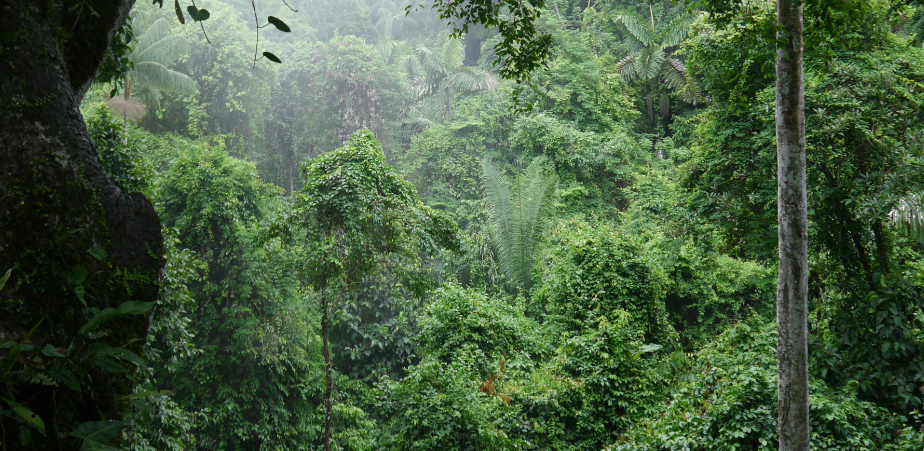
‘The corridor project was presented in a recent trip to the Madre de Dios region supported by USAID and the United States Embassy in Peru’, says José Koechlin, CEO and Founder of Inkaterra. ‘The corridors will mitigate the effects of illegal mining and logging via a replicable ecotourism model’.
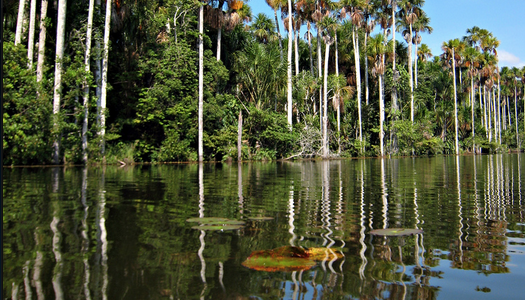
What exactly is a ‘Conservation Corridor?’
A conservation corridor, or green corridor, is an area of land which reconnects wildlife that has been separated from its natural habitat by human activities or structures, such as logging. The aim of a conservation corridor is to encourage the movement of plants and animals through dispersal and migration, so that reproduction is maintained.
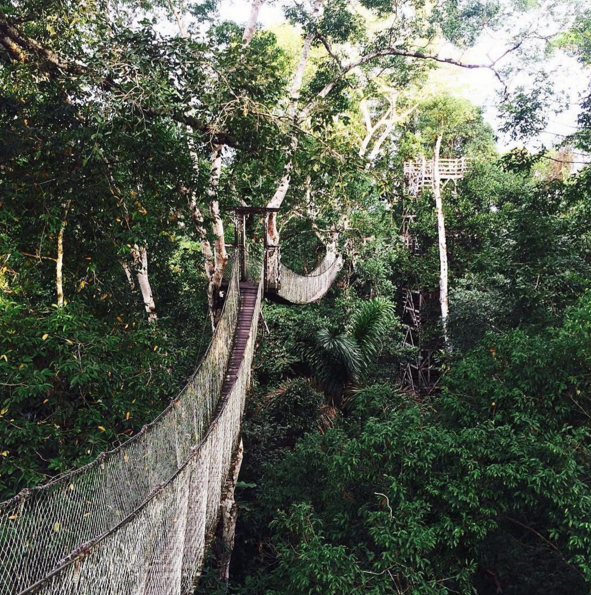
As humans have taken over areas of the rainforest, they diminish resources, reduce shelter, and therefore create barriers that animals are reluctant to move through. Once a conservation corridor has been created, it provides an unbroken path, or suitable habitat, that provides safe passage for animals.
What’s next for Inkaterra?
This June, Inkaterra will open their Amazonian “Inkaterra Guides Field Station” to guests for the first time. Originally designed as a research location for ITA and a location to train Inkaterra’s Explorer Guides, the Field Station will now open its doors to eco-conscious travellers, families, researchers, volunteers and students from around the world.
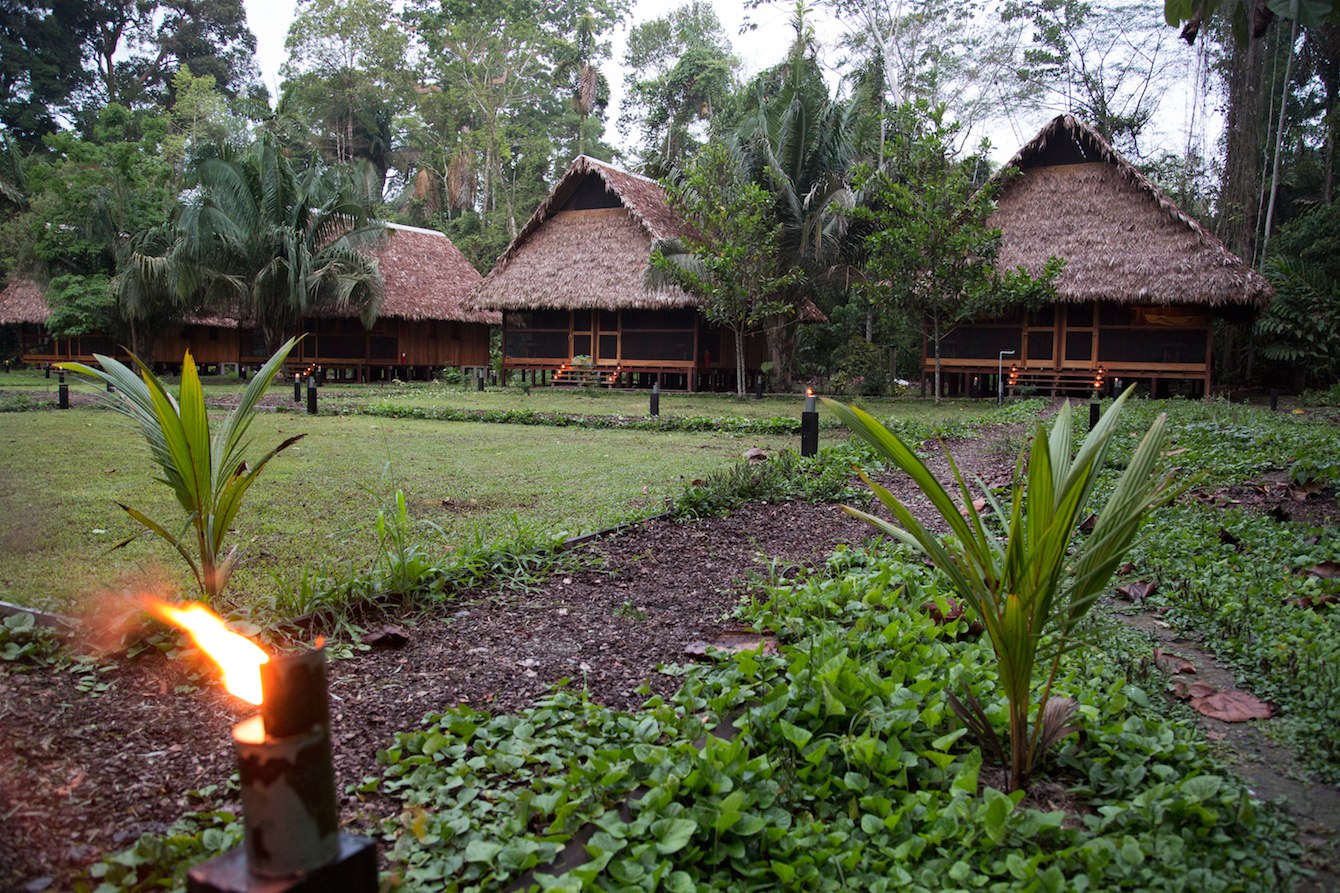
The Amazon isn’t the only location to see the benefits of Inkaterra’s conservation corridors. In the north, Inkaterra is developing another new sustainable tourism venture, Cabo Blanco. By researching the marine ecosystems with reports on weather, sea conditions and fish counts, Cabo Blanco hopes to contribute to the recovery of its marine life.
To find out more about the Conservation Corridors, click here.



